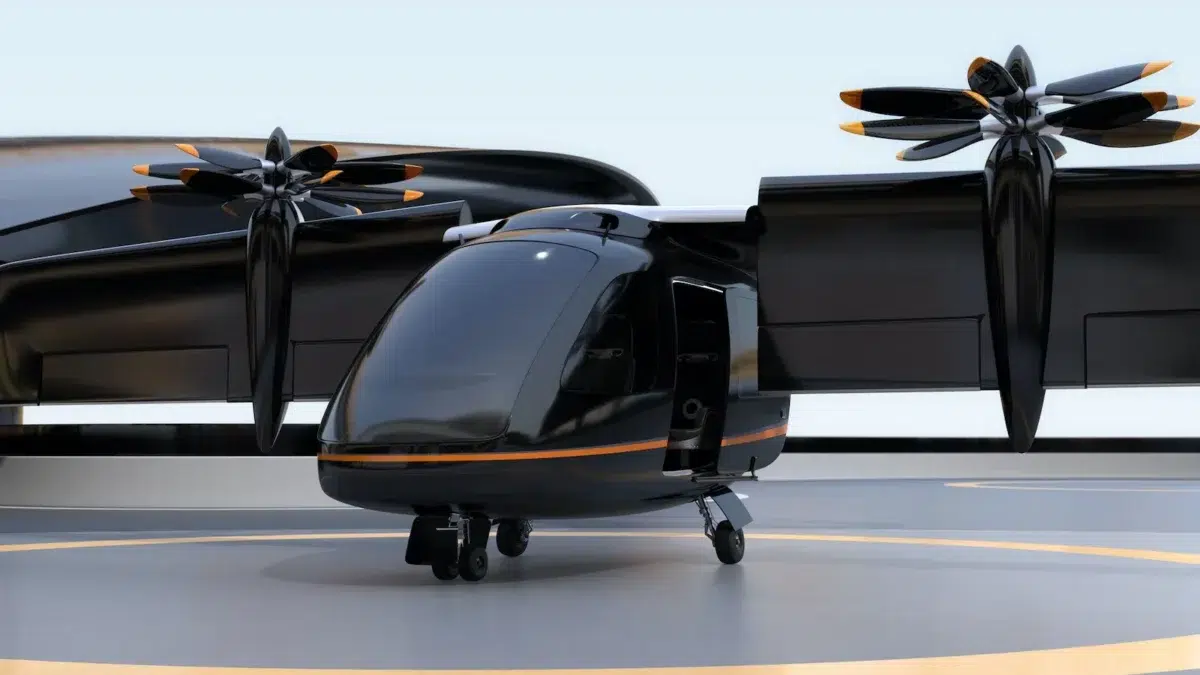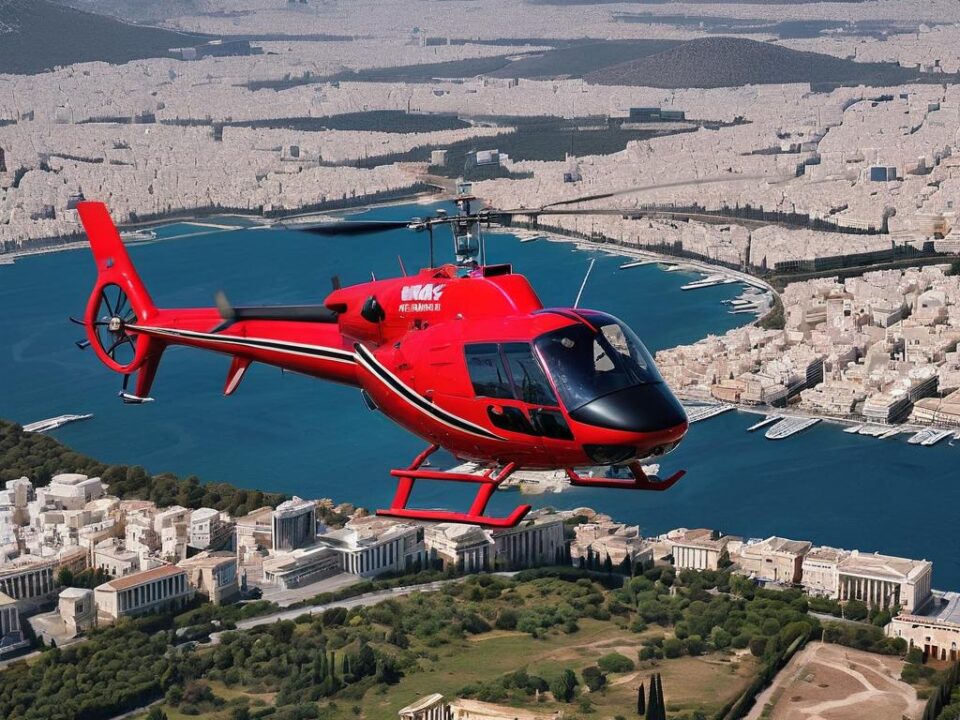Electric Vertical Take-Off and Landing aircraft (eVTOLs) represent an emerging facet of transportation, with the potential to disrupt traditional aviation and offer new solutions to urban mobility challenges. While still in the early phases of commercialization and subject to rigorous certification processes, the promise of eVTOLs is enormous, encompassing both personal and commercial use cases.
Key Points:
- Definition: eVTOLs are electric aircraft that can take off and land vertically, similar to helicopters, but with distinct advantages like being quieter and potentially safer.
- Current Usage: While eVTOLs are not yet operational for public use in the U.S., they are undergoing extensive testing. Companies are navigating regulatory pathways, primarily with the Federal Aviation Administration (FAA), to ensure safety and reliability.
- Personal vs. Commercial Use: The introduction of eVTOLs for personal use might be a quicker route, with a less rigorous certification process compared to commercial usage. For instance, AIR’s AIR ONE is aiming for personal use certification by 2024.
- Commercial Potential: The vision for commercial eVTOLs is grand, with visions of aerial ride-sharing services that could quickly transport individuals across urban areas, bypassing traffic congestion. Companies like Joby, Archer Aviation, and Eve Air Mobility are in the race.
- Challenges: Battery technology remains a concern due to weight and range constraints. Infrastructure needs, such as vertiports for takeoff and landing, as well as charging stations, are still being developed. Additionally, gaining community acceptance is crucial given past grievances related to noise and other disturbances from conventional aircraft.
- Capabilities: While there are many positives, eVTOLs won’t replace long-haul flights or heavy-duty tasks currently managed by helicopters and airplanes. Their value lies in short, efficient hops across urban spaces.
- Benefits:
- Noise: eVTOLs are quieter than helicopters, largely due to differences in rotor speed and design.
- Safety: Multiple rotor design and redundant battery systems enhance the safety profile of eVTOLs.
- Ease of Use: Computerized flight control systems simplify the piloting process, making it more accessible to non-pilots.
eVTOLs (Electric Vertical Take-Off and Landing aircraft) come with a range of potential advantages, particularly when compared to traditional aviation methods and vehicles. Here are the main advantages of eVTOLs:
- Sustainability:
- Emission Reduction: Being electrically powered, eVTOLs do not emit greenhouse gases during flight, which could reduce carbon footprints when compared to conventional combustion engine aircraft.
- Noise Reduction:
- eVTOLs are typically quieter than traditional helicopters because they rely on electric motors. This could lead to reduced noise pollution in urban areas.
- Urban Mobility:
- Traffic Alleviation: eVTOLs could help reduce road congestion by providing an alternative mode of transportation in densely populated urban areas.
- Shorter Commute Times: eVTOLs can bypass road traffic, potentially reducing commute times significantly.
- Safety:
- Redundancy: Many eVTOL designs incorporate multiple rotors. If one rotor fails, the others can compensate, increasing the aircraft’s safety.
- Simplified Mechanisms: The elimination of complex mechanical parts (as seen in traditional helicopters) might reduce points of failure.
- Flexibility and Accessibility:
- Vertiports: eVTOLs do not require long runways, just vertical take-off and landing pads (vertiports), which could be integrated into existing urban infrastructure, like rooftops or parking structures.
- Point-to-Point Travel: eVTOLs can potentially offer direct routes without the need for transfers, as might be required with other modes of transport.
- Cost-Effective Operations:
- Maintenance: Electric motors generally require less maintenance than combustion engines, potentially leading to cost savings.
- Fuel: Electricity, especially from renewable sources, can be less expensive than aviation fuel in the long run.
- Ease of Use:
- Automated Systems: Advanced autonomous flight systems and computerized controls can make eVTOLs easier to operate, even for non-professional pilots.
- Integration with Other Transport Systems:
- eVTOLs could be integrated into broader transportation networks, offering seamless transitions between different modes of transport.
- Potential for Cargo and Delivery:
- Apart from transporting passengers, eVTOLs can be used for cargo transport, especially for last-mile deliveries in congested areas.
- Innovative Business Models:
- eVTOLs open the door for new business models like aerial ridesharing or on-demand urban air mobility services.
- Expansion of Airspace:
- The vertical mobility offered by eVTOLs can expand the utilization of airspace, especially in crowded urban areas.
- Economic Opportunities:
- The development, manufacturing, and maintenance of eVTOLs can lead to job creation and spur technological advancements.
While these advantages paint a promising picture for eVTOLs, it’s essential to note that the technology is still emerging, and challenges related to safety regulations, public acceptance, battery technology, and infrastructure still need to be addressed.
Conclusion:
The future of eVTOLs is both exciting and uncertain. While the potential benefits in terms of urban mobility, reduced emissions, and safety are vast, the path to widespread adoption is paved with technical, regulatory, and societal challenges. Collaborative efforts between manufacturers, regulatory bodies, and the public will determine the pace at which this vision becomes reality.




